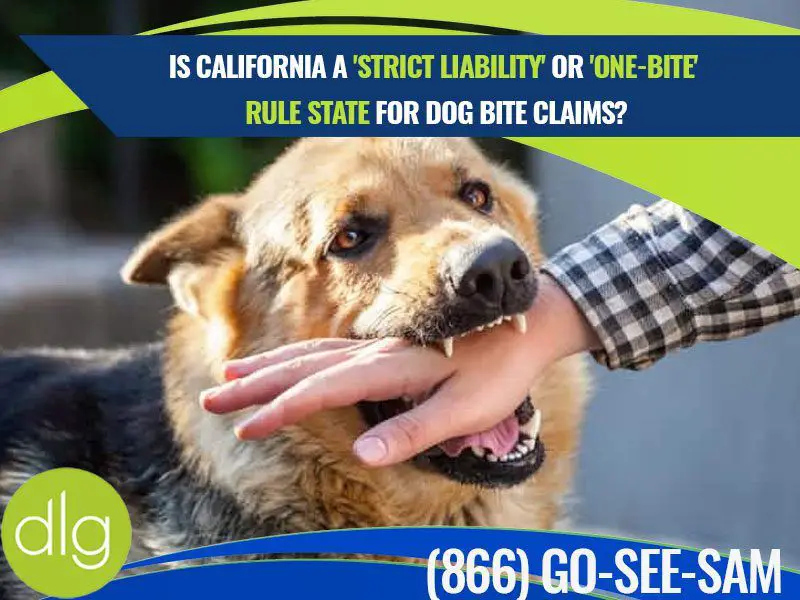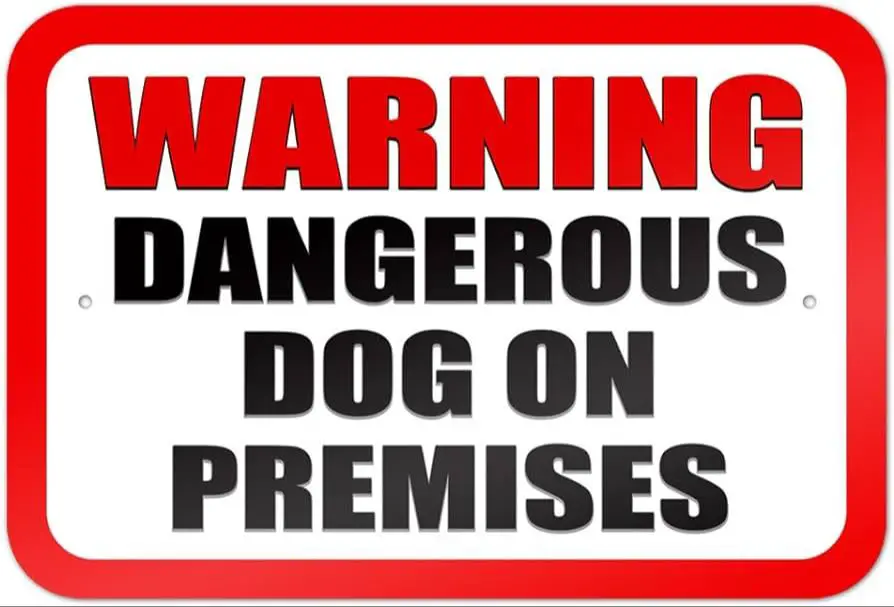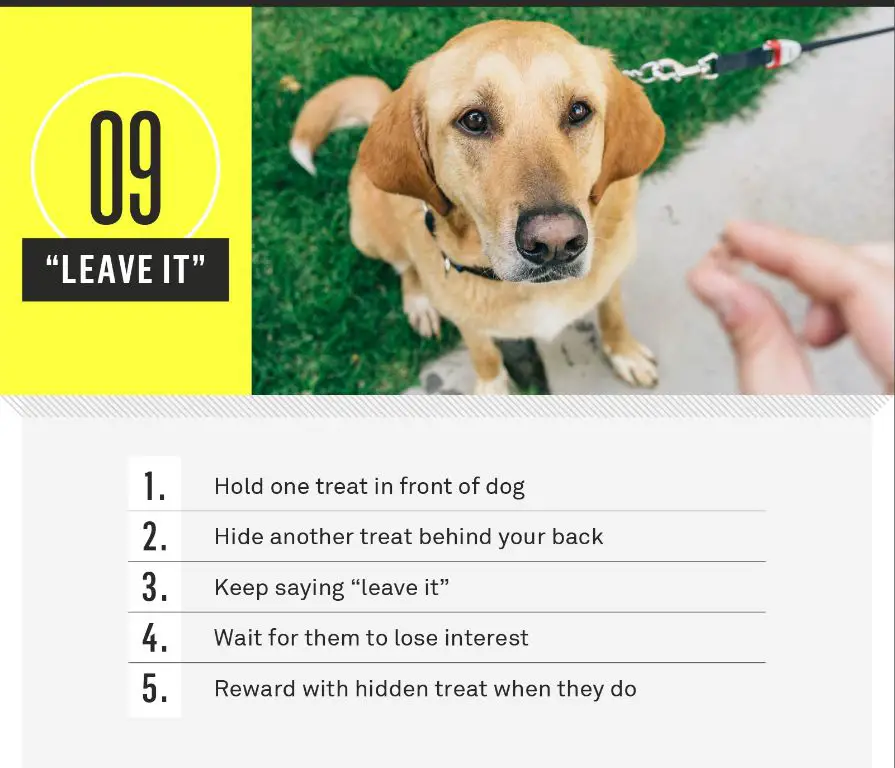Introduction
Dog owners can be held legally responsible if their dog bites or attacks someone, even if the dog has no history of aggression. Liability laws regarding dog bites vary from state to state, but there are some common legal grounds under which a dog owner may be held accountable. These include strict liability, negligence, statutory dog bite laws, assumption of risk by the victim, and provocation.
In general, legal liability rests on principles of responsibility and foreseeability. If a dog has bitten before or shown aggressive tendencies that were known to the owner, then the owner may be considered negligent if they failed to take proper precautions to prevent further incidents. However, even if there were no prior signs of aggression, the owner may still be held strictly liable depending on the jurisdiction. Dog bite statutes in many states impose strict liability on owners regardless of the dog’s history.
This article provides an overview of the different legal grounds under which a dog owner may be held liable for injuries caused by their dog biting someone, even without evidence of prior aggression or violence. It examines how principles of strict liability, negligence, statutory laws, assumption of risk, and provocation apply in dog bite cases.
Strict Liability

In many states, dog owners are subject to strict liability laws regarding dog bites. This means that an owner is liable for any injuries caused by their dog, regardless of the dog’s history or the owner’s precautions. Strict liability is based on the principle that certain activities and things are so inherently dangerous that those engaged in the activities should bear responsibility for any harm that results. Dogs are considered one of these inherently dangerous things.
To recover damages under strict liability, the plaintiff (the victim) only needs to prove that the defendant owned the dog, the dog bit the plaintiff, and the plaintiff was lawfully on public or private property when bitten. The plaintiff does not need to prove the owner was negligent or knew the dog was dangerous. Strict liability is intended to motivate owners to control their dogs and prevent bites since they are liable regardless of fault or intent. It also aims to compensate victims more easily by removing the burden of proving negligence.
Negligence
Dog owners can be held liable for negligence if they fail to exercise reasonable care in preventing their dog from injuring someone. Negligence laws vary by state, but generally the victim must prove:
- The dog owner owed a duty of care to the victim
- The dog owner breached this duty of care
- The breach of duty directly caused the victim’s injuries
- The victim suffered actual damages or losses
Dog owners have a duty to reasonably restrain and control their dogs to prevent foreseeable harm to others. Examples of negligence may include failing to leash an aggressive dog in public, inadequate fencing that allows a dog to escape and attack, or bringing a dog known to be dangerous into a crowded public setting.
If a victim can prove the dog owner failed to take reasonable precautions to prevent foreseeable injury, the owner may be liable for resulting harm. However, if the victim was also negligent in provoking the dog or trespassing on private property, their compensation may be reduced.
Statutory Liability
Many states and cities have enacted statutes or ordinances to hold dog owners strictly liable for any injuries caused by their dogs. These laws impose strict liability regardless of whether the owner was negligent or even knew the dog was dangerous.

For example, California Civil Code section 3342 states that the owner of any dog that bites a person is liable for the damages suffered, as long as the person was in a public place or lawfully in a private place when bitten. The owner is liable regardless of whether they knew or should have known the dog was dangerous.
Some jurisdictions have “one bite rules” where the owner is only liable if they knew or should have known the dog was dangerous. But many jurisdictions impose strict liability from the first bite. Even if the owner had no idea the dog would bite someone, they can be held liable.
These laws provide victims with an easier path to recover damages if bitten. Rather than having to prove the owner was negligent, the victim only needs to prove they were lawfully at the place where bitten. This strict liability makes owners responsible for properly training and restraining their dogs at all times.
Assumption of Risk
The assumption of risk doctrine is a defense that can be used by dog owners in a dog bite liability case. This doctrine states that if the plaintiff voluntarily exposed themselves to a known risk, they assumed responsibility for any resulting injuries and cannot hold the dog owner liable.
For example, if someone knows a dog has a history of aggression, yet still chooses to approach or interact with the dog, they may be found to have assumed the risk of being bitten. By willingly encountering a known danger, the plaintiff is considered to have absolved the dog owner of responsibility.
However, for this defense to succeed, the dog owner must prove:
- The plaintiff had actual knowledge of the specific risk and still voluntarily exposed themselves to it.
- The plaintiff appreciated and understood the nature and scope of the risk.
- The plaintiff’s choice to incur the risk was free and voluntary.
If any elements are missing, the assumption of risk defense will likely fail. Overall, while it can potentially provide a complete defense in some dog bite cases, its applicability depends heavily on the specific facts and jurisdiction.
Provocation by Victim
Another potential defense for a dog owner is if the victim provoked the dog prior to an attack. If the injured person engaged in actions that purposefully incited the dog before it bit or attacked, the dog owner may avoid liability. Some examples of provocation include hitting the dog, yelling aggressively at it, approaching it in a threatening manner, or trespassing on the owner’s property.
For this defense to succeed, the dog owner must demonstrate that the victim’s provoking behavior was the primary cause of eliciting the attack. Merely petting, startling, or accidentally disturbing a dog is unlikely to be considered legal provocation. Instead, the victim’s actions must intentionally incite or aggravate the dog for this defense to potentially relieve the owner of liability.
Additionally, the response must be proportional – a dog viciously attacking in response to minimum provocation would still put liability on the owner. But if the victim was purposefully antagonizing or abusing the animal before an incident occurred, the owner may avoid responsibility, depending on the specific circumstances.
Background of Dog

The background and breed of a dog can significantly impact a dog owner’s liability, even if the dog has no history of aggression. Certain breeds like pit bulls and Rottweilers are often perceived as more dangerous, and some places have enacted breed-specific legislation that targets these breeds. If a dog from one of these breeds bites someone, the owner may face increased liability and skepticism that they took proper precautions, regardless of the dog’s past behavior.
Additionally, rescued dogs with unknown backgrounds can increase an owner’s liability if aggressive tendencies are discovered later. Without knowledge of the dog’s history and genetics, owners may be unprepared to handle behavioral issues that emerge as the dog matures. Courts may impose liability if owners did not take reasonable precautions in training and controlling a dog with an unknown background.
Overall, while a dog’s history of violence is important, breed reputation and background can also influence owner liability. Taking steps to properly train, socialize, and control higher-risk dogs is key to reducing liability exposure.
Training
A dog owner’s failure to properly train their dog can increase their liability if the dog bites or attacks someone. Dogs that are not trained may exhibit more aggressive or unpredictable behavior. They may be more likely to bite out of fear or lack of socialization. Untrained dogs can also be more territorial and reactive.
Lack of obedience training means the dog owner has less control over the dog’s actions. If a dog does not respond promptly to commands like “sit,” “stay,” or “no,” the owner will be unable to restrain the dog or stop unwanted behaviors. This makes it more likely the dog could injure someone.
Additionally, not training a dog properly for its individual temperament can increase risk. High-energy or working dogs that don’t get enough activity can become destructive and aggressive. Training provides mental stimulation and activity that makes these dogs better behaved. Not training a powerful or physically capable dog to control its strength also raises liability if it jumps on, knocks over, or injures someone.
In legal cases involving dog attacks, a dog owner’s failure to train their pet will weigh against them. It shows irresponsible ownership. While owners are not always legally required to train their dogs, lack of training that contributes to harm can establish negligence. So proper training is a key responsibility of any liable dog owner.
Precautions
While dog bites can happen unexpectedly, there are several precautions dog owners can take to reduce the risk of their dog harming someone and minimize liability if an incident does occur:

Proper containment – Dogs should be kept in a fenced yard or on a leash when outside. Electronic or invisible fences are not foolproof containment methods.
Muzzle – Dogs with a history of aggression or biting should wear a basket-style muzzle when in public.
Obedience training – well-trained dogs are less likely to bite. Owners should invest in professional training classes. Important commands include “sit,” “stay,” “down,” and “leave it.”
Socialization – regular, positive interactions with people and other animals from an early age helps prevent fearful, aggressive behavior later on.
Spay/neuter – intact male dogs are more likely to be territorial and aggressive. Neutering can reduce these tendencies.
“Beware of Dog” signs – posted signs can demonstrate the owner was aware their dog could pose a danger.
Insurance – dog bite liability insurance can help pay for damages and legal expenses if the owner is sued.
Taking preventative measures does not guarantee a dog won’t bite, but it shows the owner took reasonable care. Documenting precautions can help deflect strict liability claims and prove the owner was not negligent. With proper management of their pet, owners can reduce risk and create a safe environment for themselves, the dog, and the public.
Conclusion
In summary, a dog owner can be held liable for injuries caused by their dog even if the dog has no history of aggression. There are several legal doctrines under which liability can attach:
– Strict liability laws hold owners responsible regardless of fault or knowledge of the dog’s dangerous propensities.
– Negligence claims require proving the owner failed to act reasonably to prevent foreseeable harm.
– Many jurisdictions have statutes imposing liability for dog bites and attacks.
– Plaintiffs may argue assumption of risk if they voluntarily encountered a known dangerous dog.
– Provocation can also reduce owner liability if the victim provoked the dog prior to an incident.
While a dog’s history and training are relevant factors, owners must take proper precautions and preventative measures, as they may still be held legally and financially accountable for their dog’s actions, even without proof of prior aggression or neglect.